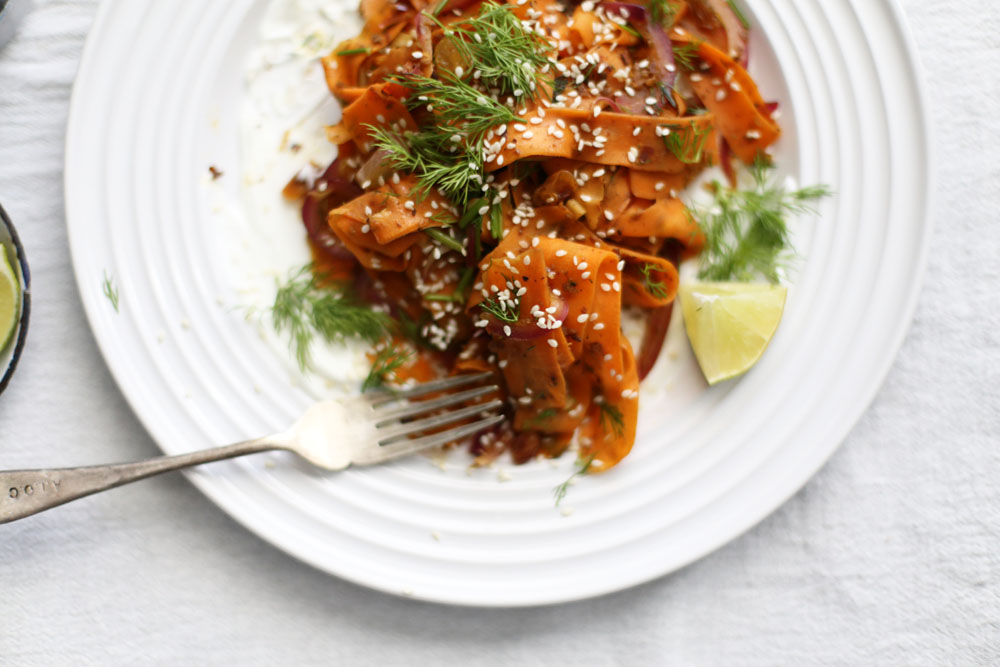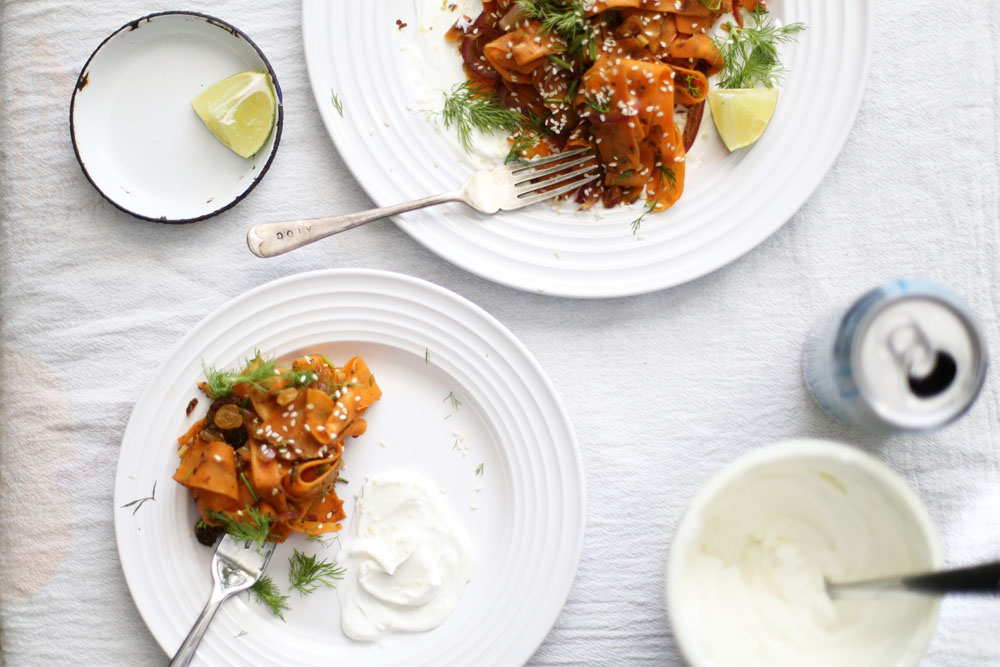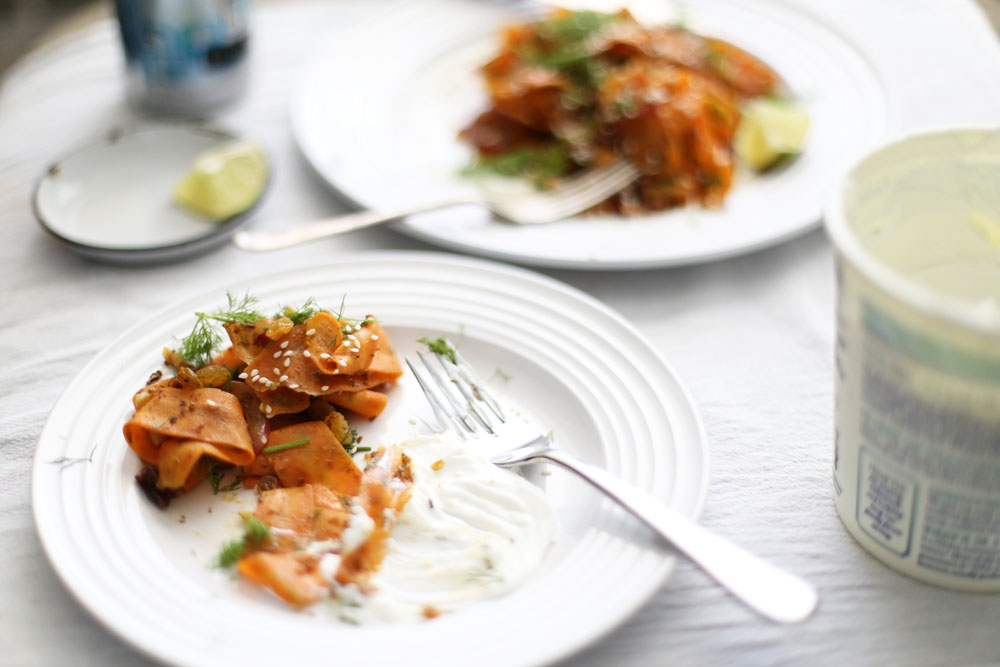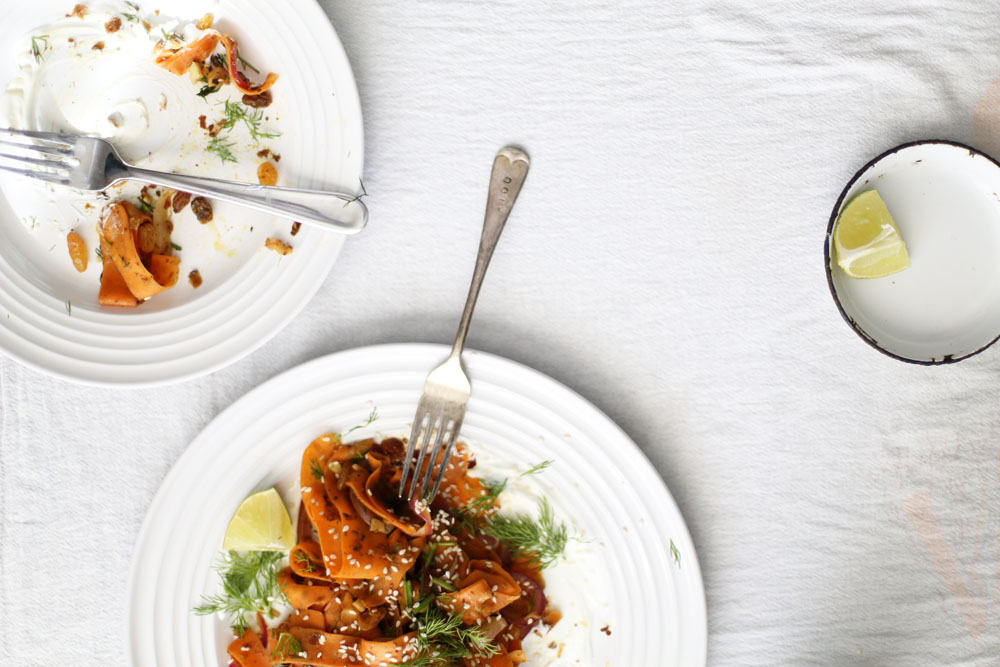
Of all the things I thought I knew about myself, my getting offended by caterpillars on the beetroot seedlings I placed in recycled buckets of honey is a revelation to me. Note that I didn’t call them “honey buckets” lest you mistake one of my and a lot of people’s hobbies for a gardening fetish. I see these little green things crawl along the rib of the biggest green leaf on this baby plant and I think “you piece of shit”. Ironically. All of these emotions come as a huge surprise to me. I am the type of woman that considers herself a nature warrior deep in my heart. I get giddy over leaves and patterns I see on hikes. I eat all my vegetables happily and ask for seconds. Cursing at camouflaged bugs – I am learning a new side of me.
It takes a second to step back from the expectations I have as a gardener. I call myself one but with humility because as many online forums as I’ve scoured, I still can’t make the squirrels not dig plants out of the ground twice a year. They have to eat. And avoid getting hit by cars! I just have to pretend I know what I’m doing and then walk to a grocery store if it doesn’t work out.
As prime gardening season comes to a close, I’d like to tell you that I have a whole new bunch of tricks up my sleeve this time. A favourite motto has always been along the lines of “live and let live”. I put seeds in the well-fed ground, feed the plants that come out of them and hope for the best. There is always so much to learn. So I went out with a small piece of paper and lifted the miniscule caterpillar off the tiny little leaves. I covered the seedlings with one-pint containers that held cherry tomatoes not so long ago. Dig around squirrels. The course nature takes through us and all of its little ones is a lesson in patience. The beets are doing fine. It’s my dogs that are now eating the carrots.


What is kokum? It’s a fruit that comes from the mangosteen family and its skin is used – in its dried state – as a souring agent in Goan cooking. It’s most commonly consumed as part of a coconut milk drink called sol-kadi, which is served after meals as a digestive. Here’s a more informative article, if you’re interested in its health benefits. You can buy kokum all over Goa and in the neighbouring states or coastal Western states in India. If you’re in the US, you can buy it in an Indian store or online. A simple Internet search can show you where.
This dish makes a great side with a grain of your choice or rolled into chapati. I love this recipe because it has all my favourite tastes rolled into one dish.
Notes:
I mention soaking the kokum peel in hot water overnight. It’s one of those “do it and forget it” tricks that seem to happen like magic when you wake up the next day. This is the
“hardest” part of the whole recipe so don’t skip it. If you do choose to skip it and not buy kokum at all (I UNDERSTAND), you can stir in tamarind paste in the ground masala. You can also soak a little more than a tablespoon of whole tamarind in hot water and once it has sufficiently soured the water, use that in place of the kokum water.
The first time I made this, I cut the carrots partly using a mandolin set to 1/8 inch thickness and partly by hand. If you’re cutting by hand, a sharp knife is your best friend. Cut length-wise along one side of the carrot to give it a flat end and that way you give the carrot stability so you can easily chop it into the thin noodles you see in this post. The second and third time I made this I used this peeler. If you want to talk about life-changing kitchen “gadgets”, this is mine.
To toast sesame seeds, toss them in a dry skillet and stir on medium heat for about 3-4 minutes until they brown slightly.
The masala listed below can be made a day or three ahead. It takes not more than 10 minutes once you have everything ready to go. It’s also a lot of fun to grind in the mortar and pestle. Makes you feel even more accomplished with an easy clean-up after.
Ingredients
Serves 4 as a side or 1 for two days of work lunch (me)
- 1o kokum pieces, soaked in 1 cup of hot water overnight (you will use this water to make the masala + while cooking the carrots)
- 1 tbsp vegetable oil
- 1 tbsp cumin seeds
- 1 tbsp coriander seeds
- 7 cloves
- 8 whole peppercorns
- 4 cardamon pods, seeds removed
- 2-3 dried red chillies
- 3 inch flat stick of cinnamon
- 1/2 piece of nutmeg, grated (you can also use 1.4 tsp ground nutmeg)
- 4 tbsp red onion, diced
- 1/4 tsp turmeric powder
- 1/4 tsp of salt, to taste
Add 1 tbsp of vegetable oil to a cast iron skillet or tawa and place on medium heat. Toss in all the spices in the ingredients list except the turmeric. The onion will also be set aside for later. Stir the spices frequently, coating with the oil and toasting for about 3 minutes. You’ll know the spices are ready to come off the stove when they start to smell toasty and fragrant.
Place all the spices into the mortar and grind them to a crumbly powder. You can also use a spice/masala grinder for this step. Add the onion and turmeric to the mortar and pestle and pound till the spice powder turns into a paste. Add 2 tbsp of kokum water to the masala paste. Scoop the spice paste into a small bowl and clean the mortar with a tbsp more of kokum water. Add the spice remnants to the rest of the bowl’s contents. Add salt to taste.
To cook the carrots
- 180 gms/ 2 cups carrot ribbons (about 4 medium sized carrots), sliced thin length-wise using a vegetable peeler
- 2 tbsp vegetable oil
- 3/4 cup red onion, cut into thin half-moon slivers
- 1 tbsp garlic, minced
- 2 1/2 tbsp masala paste
- 2-3 tbsp of kokum water + 2 pieces of soaked kokum
- Salt, to taste
- A handful of dill, torn into smaller parts
- Scant 1/4 cup of golden raisins
- 2 tbsp sesame seeds, toasted (*see notes above)
- Coconut or regular whole milk yogurt, to serve
- Fresh lime, to squeeze over before serving
Heat the oil on medium-high heat in a large enough pan that won’t crowd the carrots. I used my large cast iron skillet here. Add the onions and garlic to the hot oil (it should sizzle as soon as it touches the skillet) and toss them around frequently for about 30 seconds. Add the masala paste and stir it in with the onions for 30 more seconds.
Toss in carrots. Using a tongs or a ladle, lift the masala mixture from the bottom to coat as much of the carrots as possible. Spoon in about 2 tbsp of the kokum water and about 2 soaked kokum skins. The water will get the carrots to steam a little bit as they cook. Work fast and cook tossing frequently for about 2-3 minutes. Add salt to taste. Depending on how thick the carrots are cut, you might need to cook them slightly longer than I did. The carrots should still be tender but not be soggy after cooking. Take the skillet off the heat and using the tongs, place the cooked carrots on a serving platter. Discard the kokum skins.
Mix in the dill, raisins, toasted sesame seeds. Serve on top of or with a side of yogurt. Squeeze fresh lime on top and dig in.


Some of your posts make me want to go back to blogging food. This was certainly one of them. YUMMEHHHHH.
Do it. Maybe once in a while via the newsletter?
hmmm, maybe 🙂
Wow It looks so good. Must to try it. Thank you for sharing